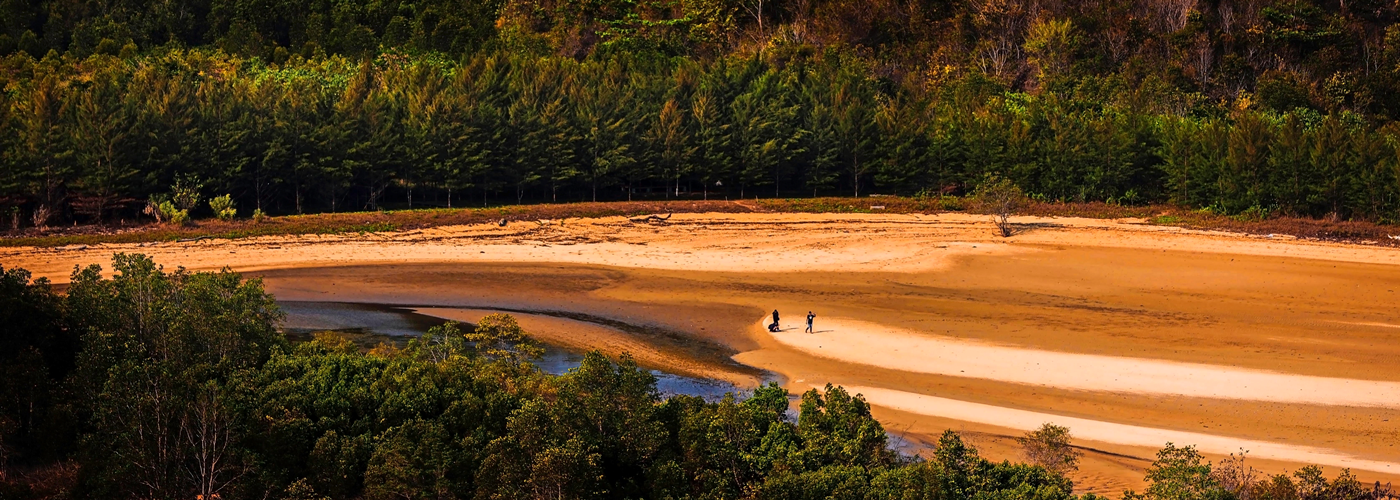

As a summer of record heat and drought continues across much of the western United States, one which is already bringing record low levels to some reservoirs and waterways, a timely new study headed by researchers from McGill University is shedding light on a previously understudied characteristic of the majority of waterways around the world. The new study found that between 51-60% of all the world's rivers and streams are non-perennial (cease to flow periodically).
In this study, a non-perennial waterway is defined as one that which ceases to flow for at least one day out of the year, on average. Not only are a majority of rivers and streams worldwide non-perennial, but the study also found that over half of the world's population lives in areas where the closest waterway runs dry for at least part of the year.
By comparing data about water flow from gauges worldwide to information about that location's hydrology, geography, land use, and climate, the researchers discovered, rather unsurprisingly, that arid climates had the higher likelihood of featuring non-perennial waterways. However, tropical climates and even Arctic climates feature these same intermittent waterways as well, where the non-perennial Arctic waterways are more a consequence of freezing and thawing cycles.
As recent climate change studies have indicated, more variable precipitation in the future is likely to only exacerbate the issue of intermittent waterways. Indeed, some of the major perennial rivers around the world have sections that increasingly are becoming more intermittent, such as parts of the Nile, Indus, and Colorado Rivers, whether due to climate change, increased human water use, or a combination of both. Having this new detailed map of non-perennial waterways is an important step in ensuring these important, but often overlooked water sources are better managed going forward.